Like many artistically inclined children, I was given a set of Daler Rowney watercolours for my birthday one year. My first paints! What delights would I unleash with these cubes of colour? Well, practically none, as it turned out. Unschooled in the art of watercolour and evidently lacking any instinct for the medium, I used them, as undiluted as possible, to colour in my drawings of horses and Dogtanian characters. It was a bit fiddly with the blunt brush provided and, frankly, felt tip worked better.
I went on to art school where, in the late 1990s, everyone would rather have dropped dead than be seen prodding around a tin of watercolours. The closest we got was watching the hapless amateurs in the surprisingly addictive Watercolour Challenge. Only recently have I embraced the medium and now I wonder why it took me so long. These rich little cakes of pigment are so fun and versatile, easy to carry around and fast to work with. Occasionally, they even reward.
My relationship with watercolour has, in its distinctly modest way, followed the arc of the watercolour revolution that seized British art at around the turn of the 19th century. The golden age of British watercolour was of course dominated by Turner and his glorious, elemental way with the paints, all sea and storm, land and air, but he wasn’t alone. His contemporaries, notable among them Constable, Thomas Girtin, John Robert Cozens and John Sell Cotman, were also taking watercolour beyond its accepted role as a tinting agent for colouring in drawings.
Turner, by contrast, used the paint as the central structure, building up images without the graphic groundwork traditionally demanded. He attacked his paper, washing, rubbing, scraping and scratching at the paint. The result was an unprecedented freshness and energy that both informed and was informed by his approach to oils.
Contrasting with this ethereal luminescence was the solidity of the flat planes of colour used by John Sell Cotman and the moody, intensely romantic work of Girtin.
A theatrical John Robert Cozens water-colour of Lake Albano sold for an equally dramatic £2.4 million a few years ago; but his father, Alexander, was the more radical artist, inventing in 1785 the startlingly modern ‘Blot’ technique using watercolour and ink to create imagined landscapes and facilitating ‘a production of chance with a small degree of design’.
Despite these daring adventures, and the later achievements of Matisse, O’Keeffe, Hockney and thousands of others, water-colour retains a whiff of the dreaded Sunday painter and the amateur art show. The problem is that watercolour rewards the brave and mocks the meek, and nobody is meeker than the occasional artist who lives in paralysing fear of making a mistake.
Timidity leads to flatness, whereas a vigorous painting demands not only confident brushwork but also vision. The paper is essential in the success of watercolour. It is the brightest highlight available. With each layer, the paint becomes less transparent, so it is easy to squeeze the life from a painting by overworking it. I do this all the time. Watercolour punishes where oil forgives, but when it succeeds the world becomes a luminescent place.
Got something to add? Join the discussion and comment below.
Get 10 issues for just $10
Subscribe to The Spectator Australia today for the next 10 magazine issues, plus full online access, for just $10.
You might disagree with half of it, but you’ll enjoy reading all of it. Try your first month for free, then just $2 a week for the remainder of your first year.

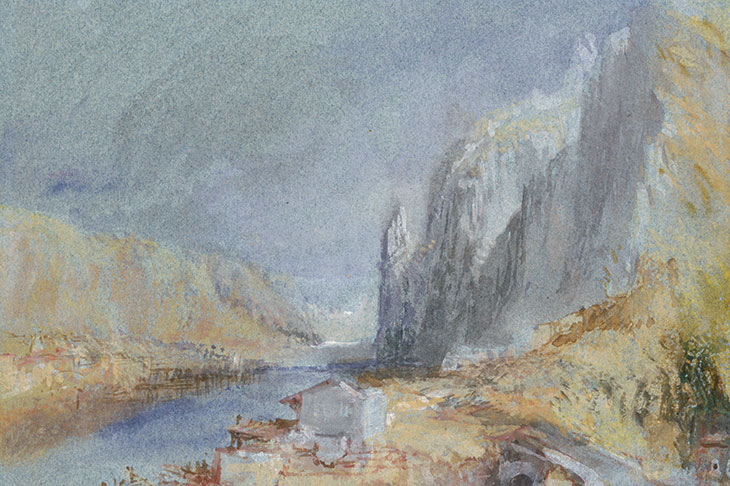


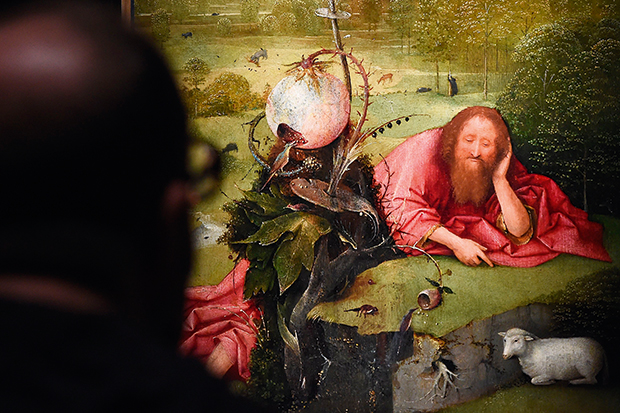
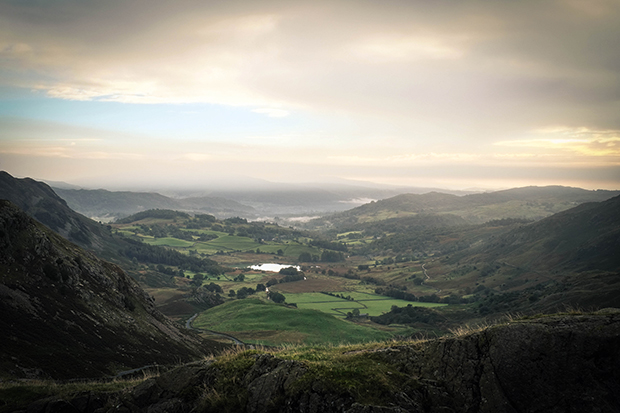
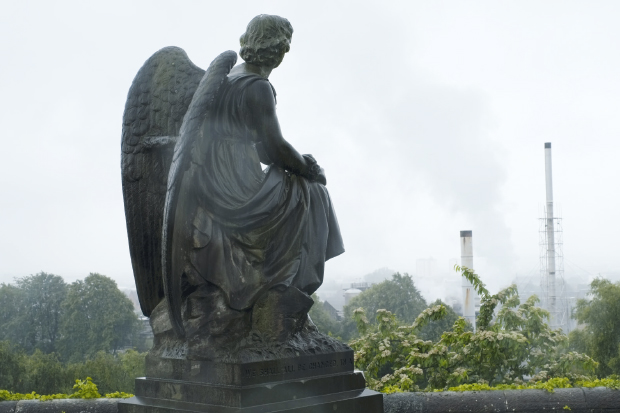
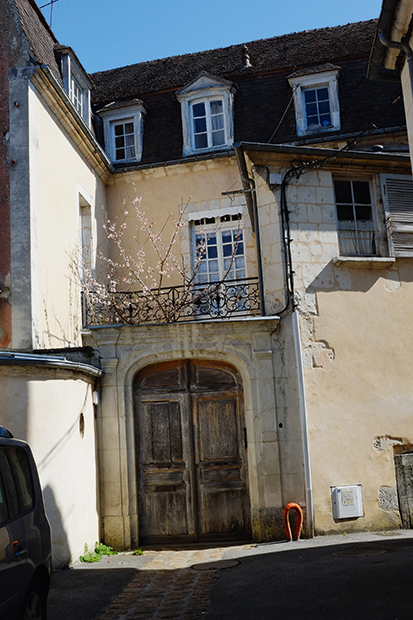






Comments
Don't miss out
Join the conversation with other Spectator Australia readers. Subscribe to leave a comment.
SUBSCRIBEAlready a subscriber? Log in